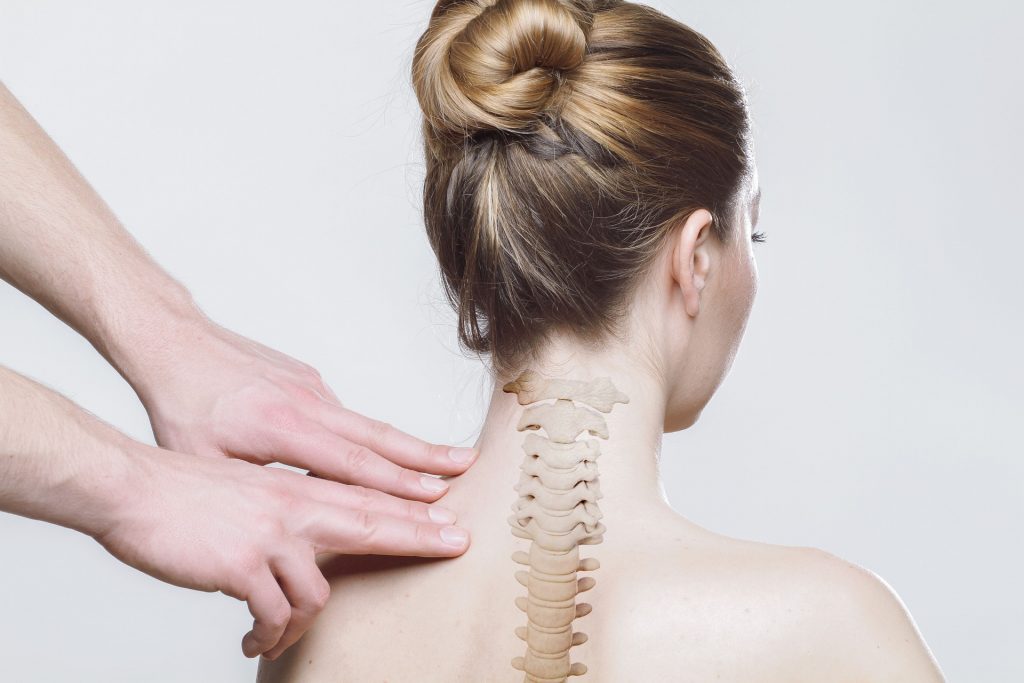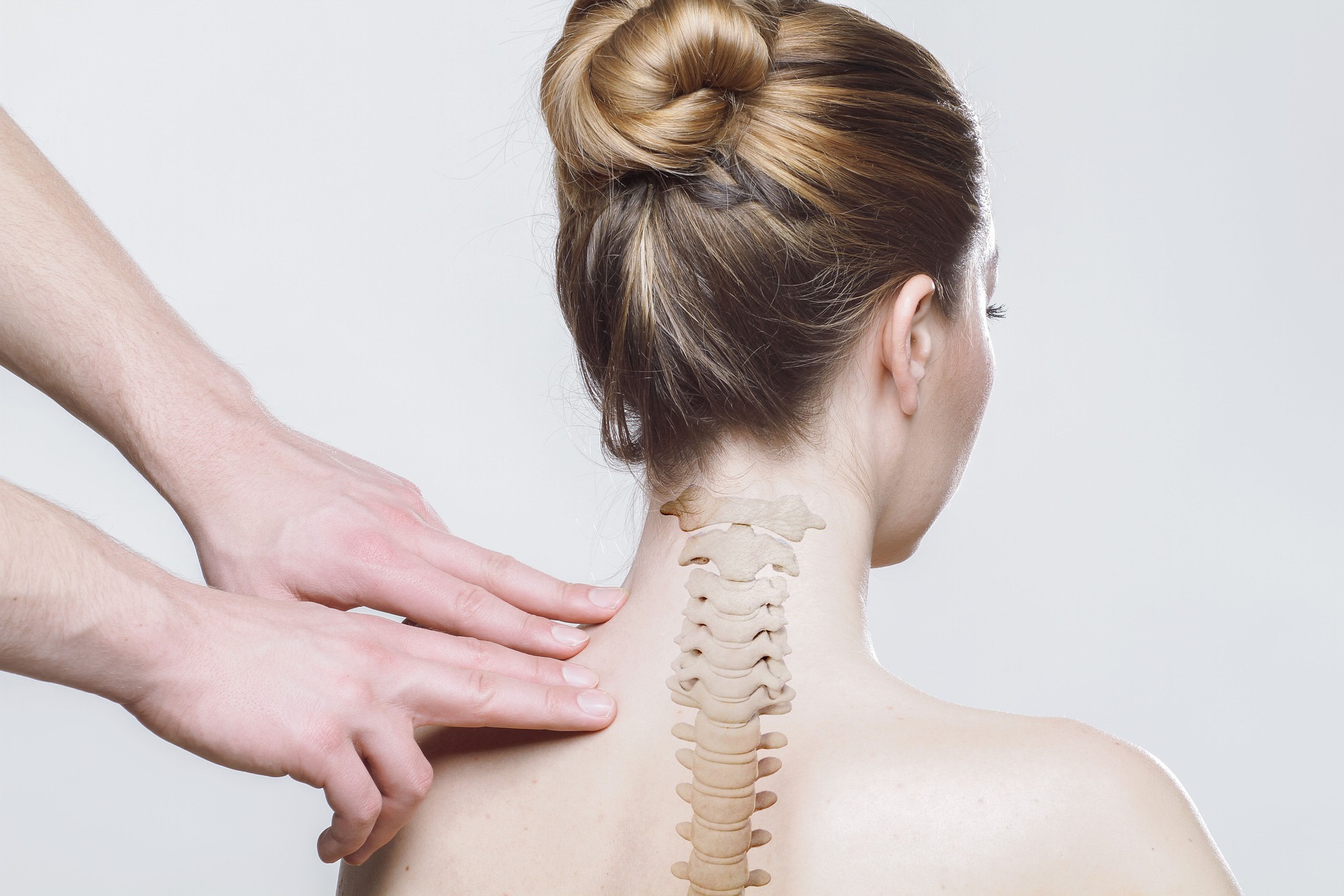Written by Hannah Segal and Edited by Josephine Chan

How you hold your body, often called body language, can tell more about you than your words. One’s posture can be a representation of this, as it shows the configuration of overactive and underactive muscle groups in the body. “Poor posture syndrome,” describes a phenomenon in which people spend prolonged time sitting or sleeping in an uncomfortable position and can be an indicator that slouching is having effects on the spine [1]. In modern life, individuals spend countless hours sitting. Whether it be typing away on the computer at the table, wearing uncomfortable shoes, or watching TV at home, all contribute to poor posture. This creates body stress, which strains your muscles over time [1]. Alignment of the body refers to how the head, shoulders, spine, hips, knees, ankles should all relate to each other. Proper alignment can help prevent joint pain, muscle strain, and prevent long-term consequences such as misalignment of the spine.
Many people in this digital age are unaware of the severe effects that poor posture can cause. Poor posture has many short-term effects on the body, ranging from soreness to decreased flexibility [2]. However, over longer periods of time, poor posture can have serious and long-term effects on spinal development and the body. Living a sedentary lifestyle –a lifestyle of much sitting and little physical exercise –has shown to have long-term effects on the body, including increased risk of cardiovascular disease, blood circulation, constricted nerves, and even diabetes [1]. If the spine is positioned incorrectly over a long period of time, liver function may be directly affected due to interference with nerves that connect to the liver and its arteries. This interference can lead to necrosis—the death of liver cells. This defect in the organ that regulates blood sugar levels promotes the development of type 2 diabetes [3]. As we slouch while sitting, not only are we changing the normal position of the spine but also the spine’s ability to correctly protect these nerves. Research has shown that liver disorders are likely to occur from a single nerve interfering with the liver’s supply function [3]. Those who exercise regularly but lead a sedentary lifestyle are still at risk of suffering from the consequences of poor posture. Yet, those who are not physically active have a higher risk of experiencing these negative effects [1].
There are two main types of posture for the body: dynamic and static. Dynamic posture is how one holds up his or her body when moving, including walking, running, or bending over to pick up something [4]. Conversely, a static posture is how one holds him or herself when not in motion (sitting, standing, etc). These postures have varying effects on the spine’s natural curves at the back, mid-back, and low back. Good posture helps to maintain these curves.
There are solutions to prevent the body from being negatively impacted by poor posture, such as having periodic breaks to take a quick stretch and investing in an ergonomic chair, a chair that helps with posture, or a sit-stand desk. Making sure that work surfaces are at a comfortable height and occasionally moving around helps keep the muscles and ligaments loose [2]. Adding as little as two minutes of light activity for every hour spent sitting can lower the risk of poor posture development [3]. It is important to note that even if you are comfortable in your position, staying in the same position for long periods of time is not healthy for the spine. Even though staying active is a major contributor to limiting the development of bad posture, being aware of your posture and taking the necessary changes to prevent poor posture syndrome can improve spinal health.
References:
- Kandola, Aaron. “What Are the Consequences of a Sedentary Lifestyle?” Medical News Today, Healthline Media, 29 Aug. 2018, www.medicalnewstoday.com/articles/322910.
- Malanga, Gerard. “Sitting Disease and Its Impact on Your Spine.” SpineUniverse, Remedy Health Media, 14 Mar. 2019, https://www.spineuniverse.com/wellness/ergonomics/sitting-disease-its-impact-your-spine.
- Yi, C. X., la Fleur, S. E., Fliers, E., Kalsbeek, A. (2010). The role of the autonomic nervous liver innervation in the control of energy metabolism. Biochimica et Biophysica Acta (BBA)-Molecular Basis of Disease, 1802:416–431.
- “Dynamic vs Static.” Global Bowspring, Divine Destiny, www.globalbowspring.com/dynamic-vs-static/.
